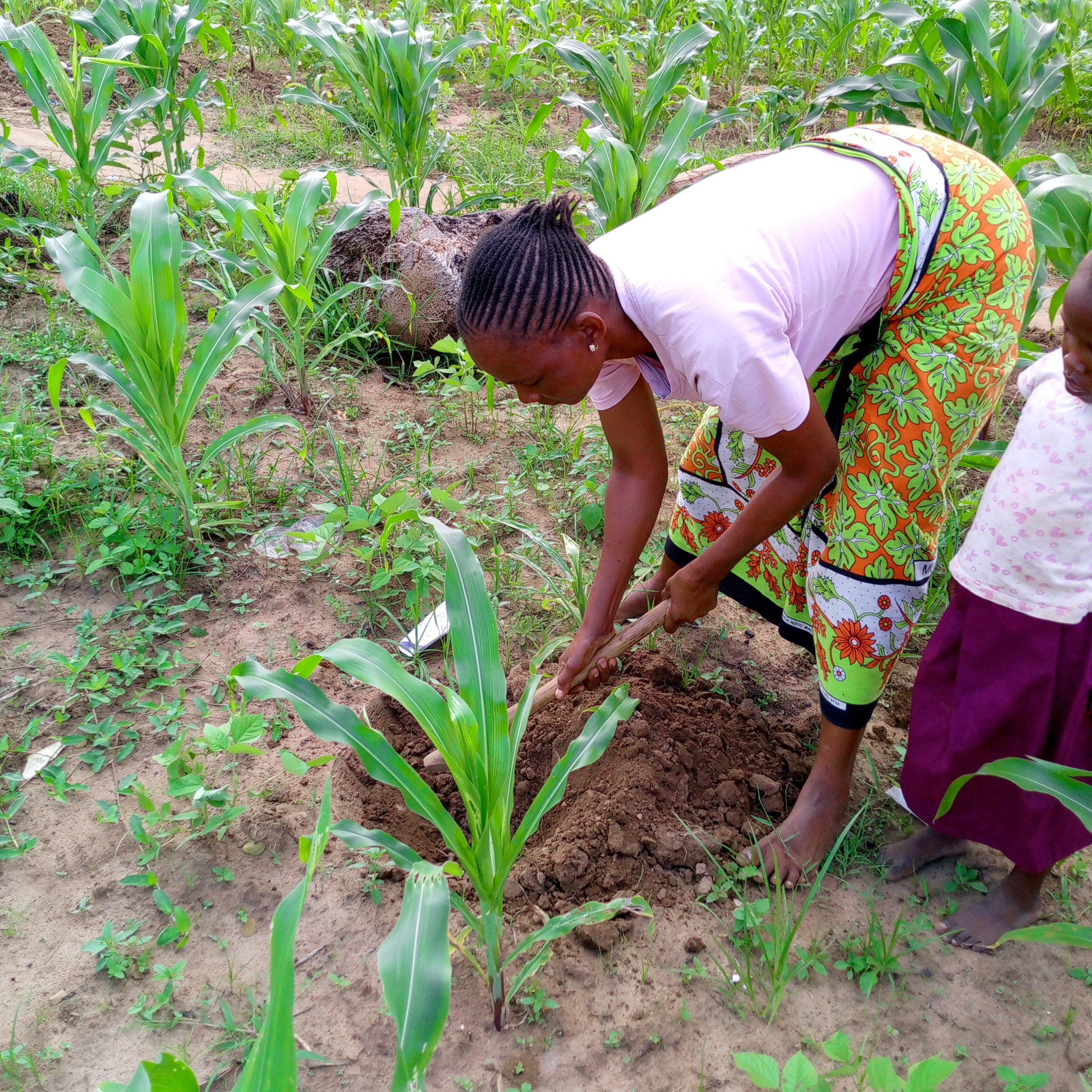A New Dawn for Indigenous Tree Conservation in the Eastern Africa Coastal Forest Hotspot
-
Region
Africa -
Programme
African Botanic Garden Network -
Workstream
Saving Plants -
Topic
Plant Conservation -
Type
Blog -
Source
BGCI
News published: 26 June 2023
The Eastern Africa Coastal Forest Biodiversity Hotspot is heavily degraded. The increasing demand for wood and forest products has continually degraded indigenous forest patches and trees in Kilifi County. Kilifi county forest patches contain 51 threatened tree species and represent some of the last remaining fragments of the Eastern Africa Coastal Forest Biodiversity hotspot. The continuous degradation and tree felling of indigenous trees species poses a great threat to indigenous trees. This, coupled with the introduction of fast growing commercially viable exotic tree species has further eroded the protection of indigenous trees.

Through the Kaya Connect project, BGCI Africa has partnered with the National Museums of Kenya (CFCU), Kenya Forest Service, County Government of Kilifi, The LEAF Charity, Green Hearts of Kenya, Gede Tropical Nursery, Catholic Diocese of Malindi, Kivukoni Indigenous Tree Nursery and Friends of Arabuko Sokoke Forest, to ensure collection of Indigenous tree seeds, and production of high-quality indigenous tree seedlings. In addition, through NMK, several community nurseries and Kaya groups have been engaged in seed collection, indigenous tree phenology monitoring and indigenous seedlings production.

The major problems facing indigenous trees and indigenous forests is the increasing human population pressure and changing societal needs resulting in change in settlement patterns and sedentary livelihoods, expansion of cropland and encroachment involving clearing of indigenous forests for subsistence and large-scale farming, mining activities and establishment of industries leading to clearing of indigenous forests. Others include illegal logging, charcoal production, firewood collection, increasing grazing, harsh climatic conditions and poor soil patterns.

Kaya Connect aims at producing and planting over 400,000 indigenous tree seedlings from over 150 species in the county of Kilifi while guaranteeing continuous supply of indigenous seed and seedling even after the project period. Through education the culture of growing indigenous trees will be passed to all the residents of Kilifi County and a legislation policy promoting the growing of indigenous tree growing and protecting the existing indigenous forest patches developed. This will go a long way in ensuring sustainability of indigenous forest in the coastal region.
The best guardian of the forest and indigenous trees are those who make their living from it. Underscoring the importance of working together with communities living within Kilifi County around the remaining forest fragments to restore and conserve the forests. The project has recruited 1000 farmers who have committed to plant indigenous trees in their farms. Community outreach meetings have been conducted in conjunction with the local administration and the emphasis on planting and conservation of indigenous trees have been communicated. Through this we will be able to reduce pressure on the existing forest fragments.

When forests are managed responsibly, communities that live around them can cultivate thriving business out of rich assortment on non-timber forest products. One natural climate solution that can and should be used in conjunction with strong initiatives to stop deforestation and the planting of indigenous in community and private lands.
This is why BGCI Africa through the Kaya Connect project approaches sustainability as a journey, providing communities with knowledge on indigenous trees, phenology monitoring, seed collection, nursery establishment, best restoration practises and on-farm planting guaranteeing continuous supply indigenous seeds and seedlings.
The Kaya Connect Project has been generously funded by the Darwin Initiative.

This blog was written by January Muthoka, East Africa Project Officer.
January is assisting in managing BGCI projects in Kenya. He is working with BGCI Africa’s partners and with the community to develop effective community-based conservation of threatened and indigenous trees in Kenya, with a focus on restoration initiatives for sustainable conservation of trees.

Become a Member
Be part of the largest network of botanic gardens and plant conservation experts in the world by joining BGCI today!
Conservation Action Tracker
BGCI’s Conservation Action Tracker provides information on conservation actions for tree species.